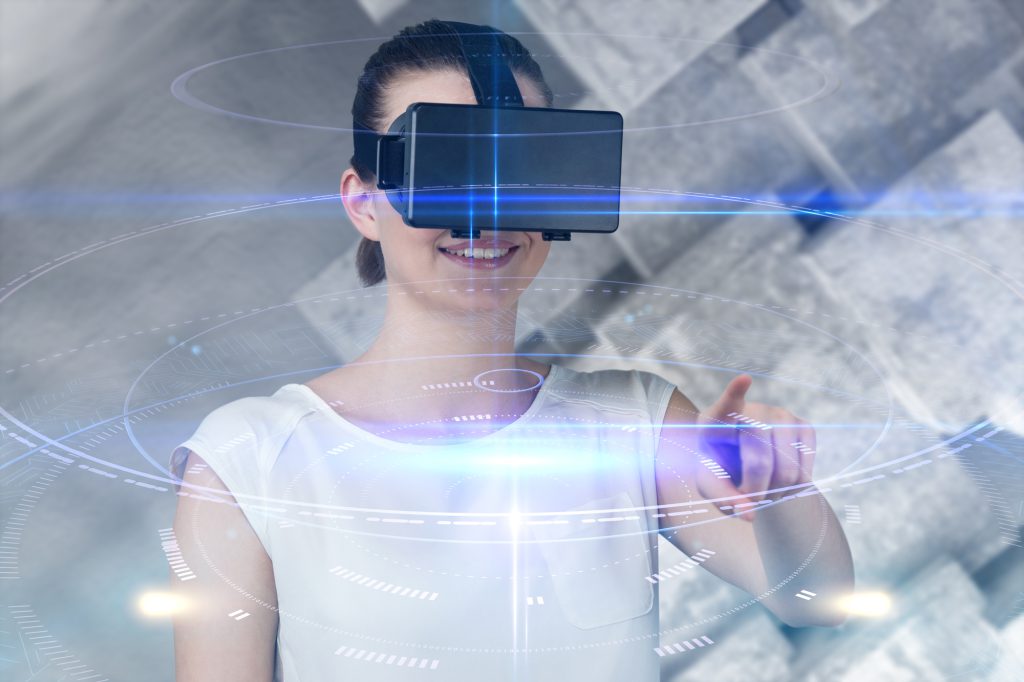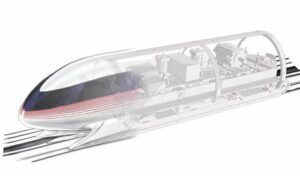Explore the growing significance of AR and VR in manufacturing and their potential to redefine the future of the industry!
In the ever-evolving landscape of manufacturing, technology continues to drive revolutionary changes. Augmented Reality (AR) and Virtual Reality (VR) are two cutting-edge technologies that have emerged as transformative tools in reshaping the manufacturing industry. By bridging the gap between the physical and digital realms, AR and VR are revolutionizing how products are designed, produced, and maintained. In this article, we explore the growing significance of AR and VR in manufacturing and their potential to redefine the future of the industry.
Understanding Augmented Reality (AR) and Virtual Reality (VR)
Augmented Reality (AR): AR overlays computer-generated content onto the real-world environment, enhancing the user’s perception of reality. Through AR technology, users can view and interact with virtual elements that coexist with their physical surroundings.
Virtual Reality (VR): VR, on the other hand, immerses users in a completely virtual environment, shutting out the physical world and replacing it with a computer-generated experience. Users in a VR environment can interact with and manipulate virtual objects in a highly immersive manner.
AR and VR in Manufacturing: Transformative Applications
Design and Prototyping: AR and VR enable engineers and designers to visualize and iterate product designs in a virtual space. This accelerates the prototyping process, reduces design flaws, and enhances collaboration between teams.
Training and Skills Development: Manufacturers can use AR and VR to provide immersive and realistic training experiences for employees. From operating complex machinery to practicing safety procedures, these technologies offer a safe and effective learning environment.
Factory Layout and Planning: AR can assist in factory layout optimization by overlaying digital models onto the physical space, allowing manufacturers to visualize and test different layouts before implementation.
Maintenance and Repairs: AR-based maintenance support equips technicians with real-time data and visual cues, guiding them through complex repair processes and reducing downtime.
Remote Assistance: AR facilitates real-time collaboration by connecting experts to on-site personnel through digital overlays, enabling remote troubleshooting and support.
Quality Control: AR and VR can be used for real-time quality control checks by overlaying inspection data onto physical products, ensuring adherence to standards.
Benefits of AR and VR in Manufacturing
Enhanced Productivity: AR and VR streamline processes, reduce human error, and accelerate decision-making, leading to increased productivity in manufacturing operations.
Cost Savings: By minimizing design flaws and expediting the prototyping process, AR and VR save time and resources in product development.
Improved Safety: Immersive training and virtual simulations in VR promote safety awareness, reducing workplace accidents and injuries.
Reduced Downtime: AR-based maintenance and remote assistance reduce equipment downtime, optimizing operational efficiency.
Enhanced Collaboration: AR and VR enable global teams to collaborate seamlessly, regardless of geographical barriers, fostering a culture of innovation.
Competitive Edge: Early adopters of AR and VR gain a competitive advantage by embracing transformative technologies that optimize manufacturing processes.
Real-World Applications
Boeing: Boeing utilizes AR technology to guide workers through complex wiring processes, reducing errors and improving efficiency in aircraft assembly.
Ford: Ford uses VR to design and simulate assembly line processes, optimizing workflows and reducing production time.
Siemens Energy: Siemens Energy employs AR-based training to enhance workforce skills and maintenance capabilities for power plant equipment.
Lockheed Martin: Lockheed Martin employs AR for aircraft assembly, improving assembly accuracy and reducing production time.
Augmented Reality (AR) and Virtual Reality (VR) are reshaping the landscape of manufacturing, empowering businesses to optimize productivity, streamline processes, and create safer working environments. From design and training to maintenance and quality control, these transformative technologies hold the key to a more efficient, collaborative, and innovative future for the manufacturing industry. As the adoption of AR and VR continues to grow, manufacturers must embrace these game-changing tools to remain competitive and unlock the full potential of a digitally-driven manufacturing ecosystem. By integrating AR and VR into their operations, manufacturers can revolutionize their approach to production, leap into a new era of efficiency, and redefine the future of manufacturing as we know it.
The Perfect Planner Team is here if you have any questions about Augmented and Virtual Reality, and we offer a free consultation service. If you would like to connect with us on this article or any other topic, please message us on LinkedIn, shoot us an email at info@perfectplanner.io, visit our website at www.perfectplanner.io, or give us a call at 423.458.2979.
Author: Thomas Beil
Publication Date: November 18, 2023
© Copyright 2023 Perfect Planner LLC. All rights reserved.






